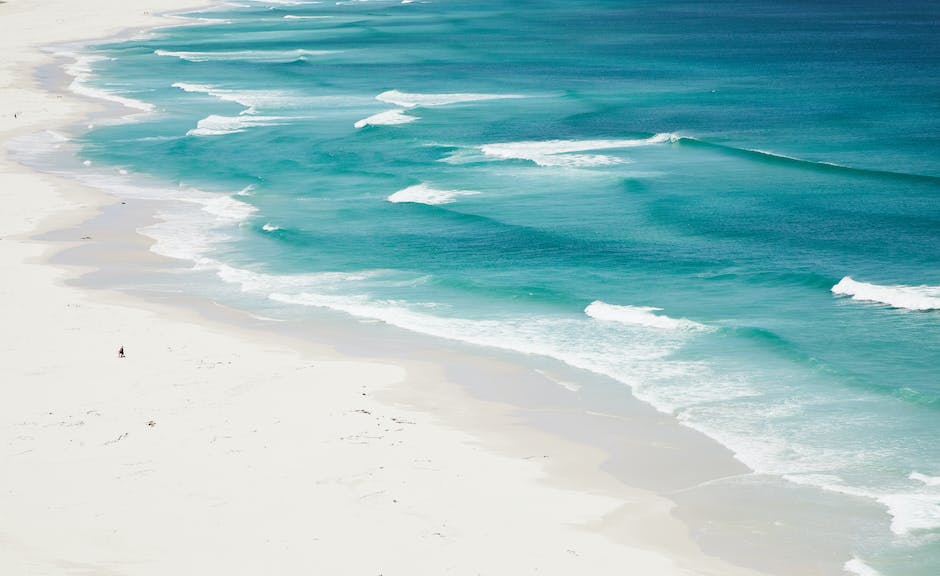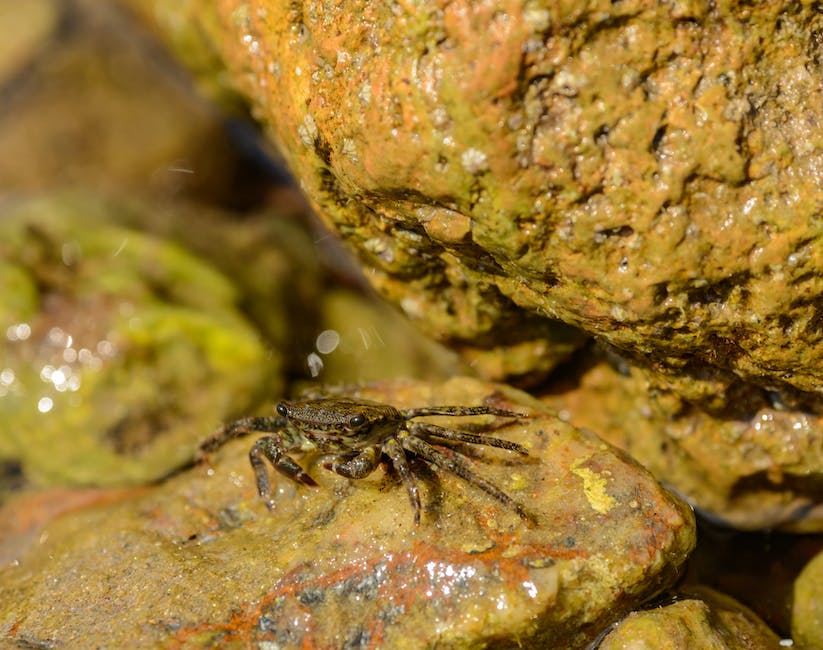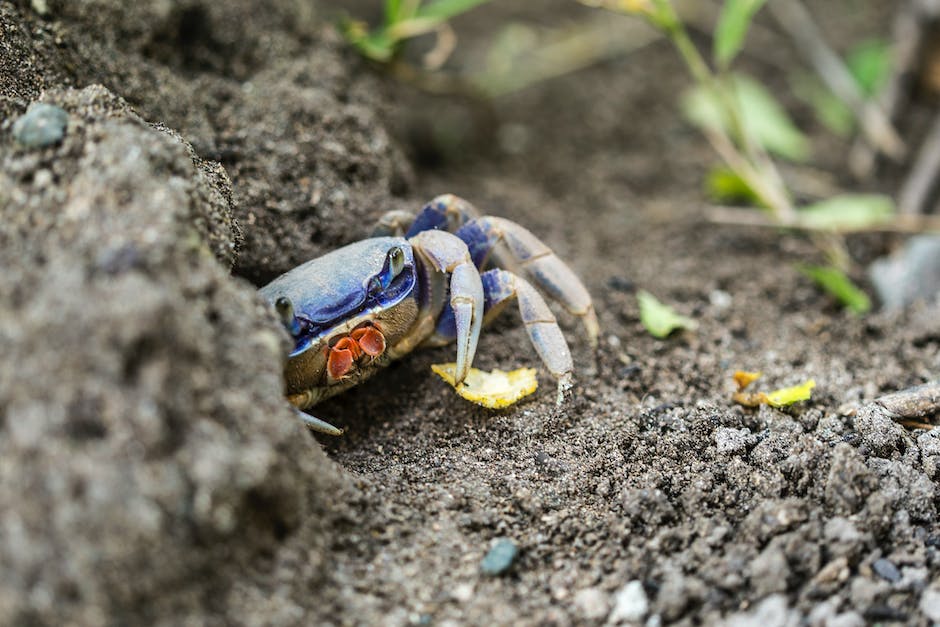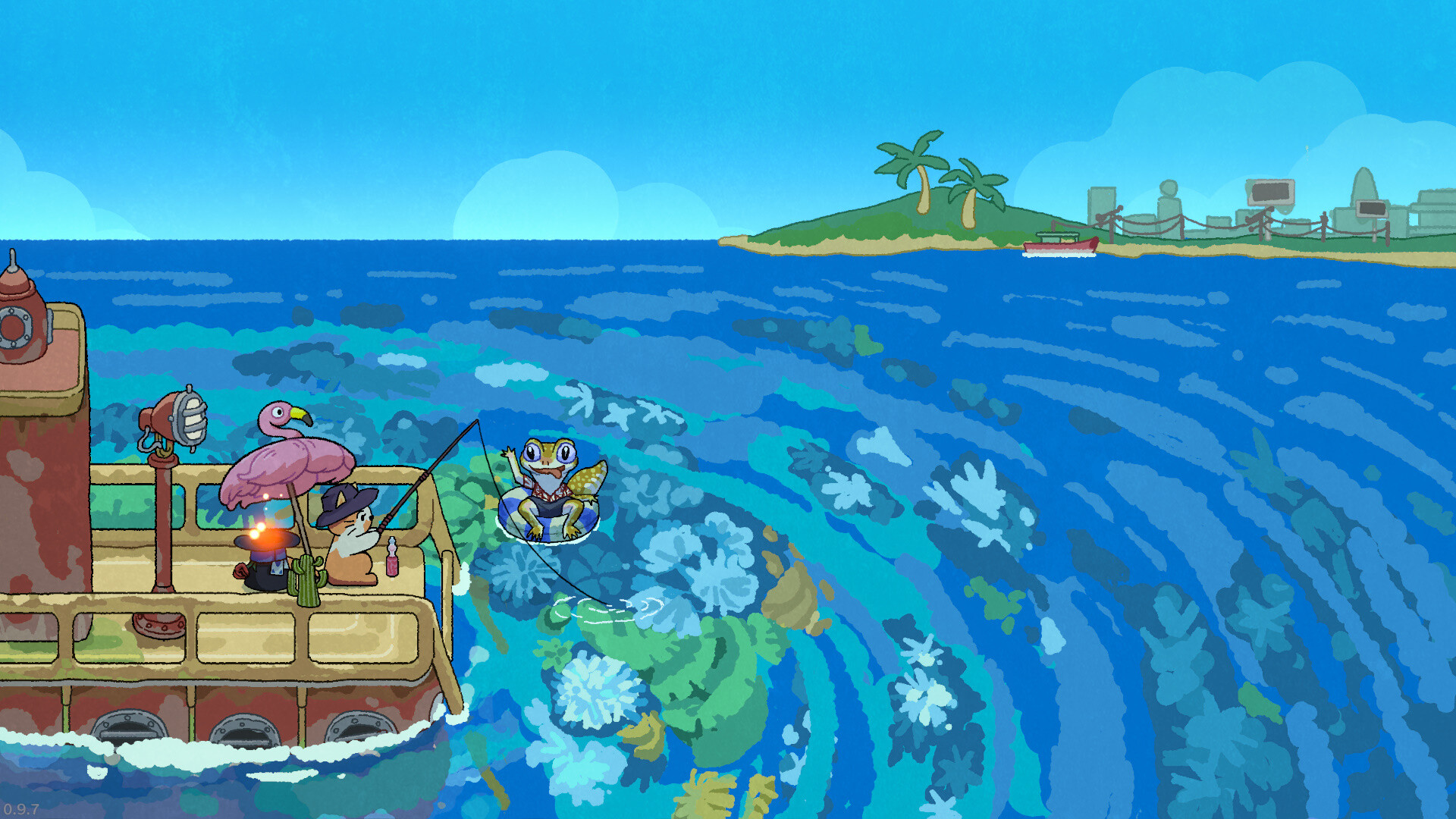
From Sea To Plate: An Insider's Journey Through The Crabbing Season
There's something about seafood that just screams summer. And what better way to enjoy the season than by indulging in some freshly caught crab? But have you ever wondered what goes into getting that crab from the sea to your plate? Well, wonder no more. As someone who's been through the crabbing season, I'm here to take you on an insider's journey through the process.
First things first, crabbing season varies depending on where you are. In some places, it runs from April to December, while in others it's only open for a few months. Regardless of when it is, the first step in the process is getting the proper licenses and permits. These are necessary to ensure that the crabbing is done sustainably and legally.
Once you have your permits, it's time to hit the water. Crabbing can be done in a variety of ways, but the most common method is using crab pots. These are large, wire-mesh cages that are baited and then dropped into the water. The crabs crawl in to get the bait and then can't get out. The pots are then left in the water for a period of time before being pulled up and emptied.
Now, this may sound like a simple process, but it's anything but. Crabbing can be physically demanding and dangerous work. The pots can be heavy and difficult to handle, and the water can be rough and unpredictable. And let's not forget about the crabs themselves. They have sharp claws and are not afraid to use them.
Assuming you've made it through the crabbing process unscathed, the next step is to sort and measure the crabs. This is done to ensure that they meet the legal size requirements. Any crabs that are too small are thrown back into the water to grow and reproduce.
Once the crabs have been sorted and measured, they're ready to be sold. This can be done in a variety of ways, from selling directly to restaurants and markets to working with a distributor. Regardless of how they're sold, it's important to get the crabs to their destination as quickly as possible to ensure their freshness.
And finally, we come to the best part: eating the crab. There are countless ways to prepare and enjoy crab, from classic crab cakes to more adventurous dishes like crab risotto. But no matter how you choose to eat it, there's something undeniably satisfying about knowing that you played a part in getting that delicious crab from the sea to your plate.
So there you have it, an insider's journey through the crabbing season. It's a process that requires hard work, dedication, and a love for seafood. But for those who are willing to put in the effort, the reward is well worth it. So next time you're enjoying some freshly caught crab, take a moment to appreciate all the work that went into getting it to your plate.
Popular Blog Posts
Latest News
About our Website
Step right into Wild-Crab, where the crabby seas meet the kitchen. No matter if you're an avid crab hunter or a culinary connoisseur of crab delicacies, we've got your back. Our ambition is to spread the elation and thrill of crabbing to every kitchen and fishing boat out there.
Looking to excel in the fine art of crab hunting or create a mouth-watering crab cuisine in the comfort of your own kitchen? You're in luck! Our recipe compendium is specially crafted to cater to both seasoned crabbers and culinary rookies. Our detailed instructions are easy to follow and designed to propel your crabbing prowess to new heights, whether you're standing on the sandy shores or stirring up a culinary masterpiece in the kitchen.
Resources
Quote of the Day
"If an architect makes a mistake, he grows ivy to cover it. If a doctor makes a mistake, he covers it with soil. If a cook makes a mistake, he covers it with some sauce and says it is a new recipe."
– Paul Bocuse






